Beige in Beijing
September 12, 2019
As the early beams of light cascaded on the Beijing airport at 6 a.m., I took note of my new surroundings and compared them to Texarkana. The buses were nothing special. Just your run of the mill people transporters.
The Mandarin signs, despite appearing as a jumble of strokes to my American eyes, shared the same energy as any Western marketing. The people’s appearances were what really caught my attention. Despite my poor thinking skills caused by jet lag, my mind managed a realization.
I am white.
Well, I always knew. It just wasn’t of any relevance until now. In 21st century America, no race is worth noting. All colors walk side by side. As nice as this sounds, it raises a new problem. A lack of uniformity causes a lack of individuality. When there is no norm for what an American looks like, standing out is difficult.
This situation is relatively non existent elsewhere. In Asia, one color dominates over half of the world’s population, and that is more apparent than ever standing amongst the collection of Eastern tongues that are Chinese tourist attractions.
Whenever I adjusted to this clash of colors, locals were quick to remind me of my chronic paleness, but not in the form of negative comments or unfavorable glances. Rather, a white person in China was a rare find, making them the center of attention. This statement is especially true for my father.
Strolling along the Great Wall of China, a sight slightly shorter than the landmark’s entrance is a group of elderly Asian women. What catches their attention is my dad. He’s fanning himself with his hat, panting and struggling with each step. He is the opposite of the typical male found on Chinese soil. He is a 6-foot-3 Caucasian man with a Hawiian shirt, despite having minimal interest in the 50th state.
It’s still unknown what exactly interested this squad of strangers. Maybe they found his laziness endearing. Perhaps they were amazed by his height or blinding skin tone. There is also the possibility that they just had a liking to tropical destinations.
Regardless, all 10 of the Mandarin women, except for an apologetic bilingual granddaughter, lined up to take a photo with the big white man. Then for good measure, the gang took a group picture while their descendent hung her head in shame off camera.
Similar encounters occurred throughout my stay in China. I did not get any requests for a photo op, which was disappointing, but I still received stares from Easterners. I became more accustomed to this area each time a child raised their eyebrows at me. In fact, a room of white people in China grew more jarring than sticking out like a sore thumb.
During these two weeks of hand gesturing through language barriers and trying my best at the Mandarin vocabulary, I saw more than the tea and terra cotta. I noticed the unnoticeable. I saw the beauty in the most average qualities.
Don’t condemn your boring brown locks or mainstream music tastes. Pay no mention to your monotone voice or average height. Because no matter your normalities, someone will always ask to snap a picture with you on the greatest of walls.


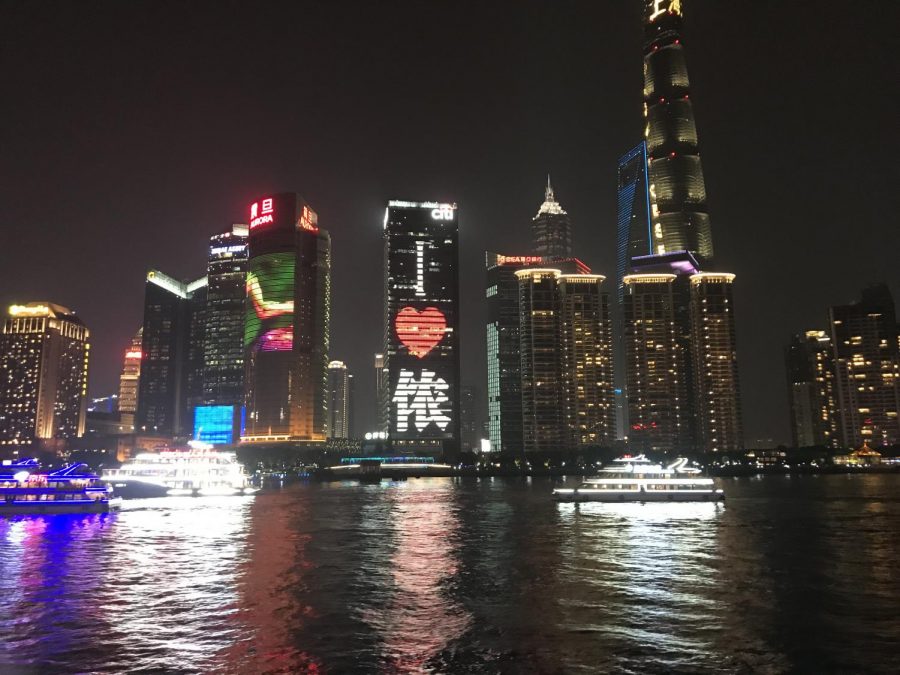
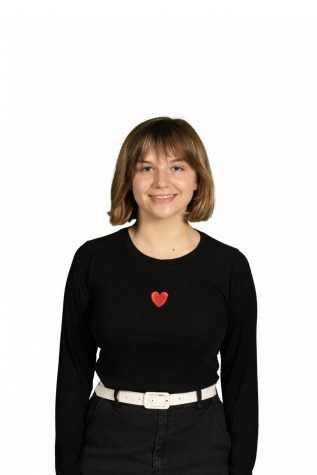












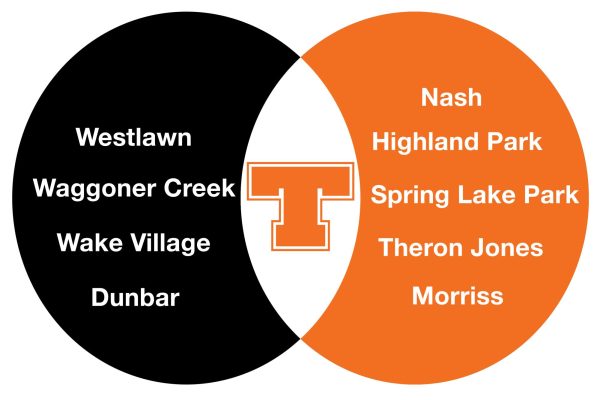
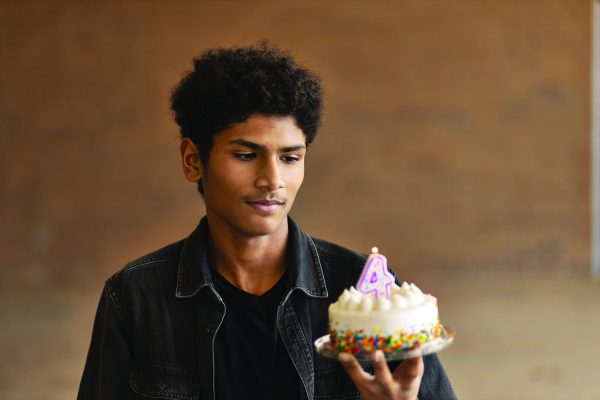
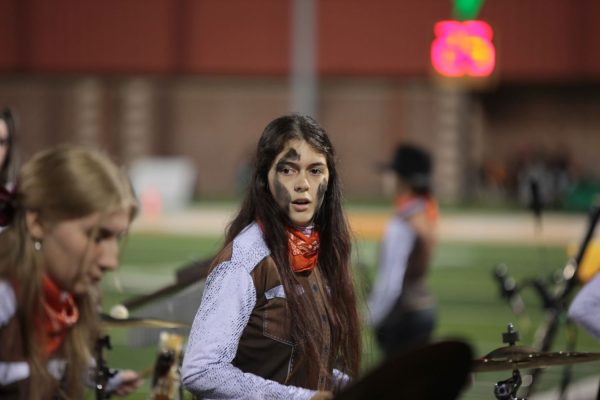
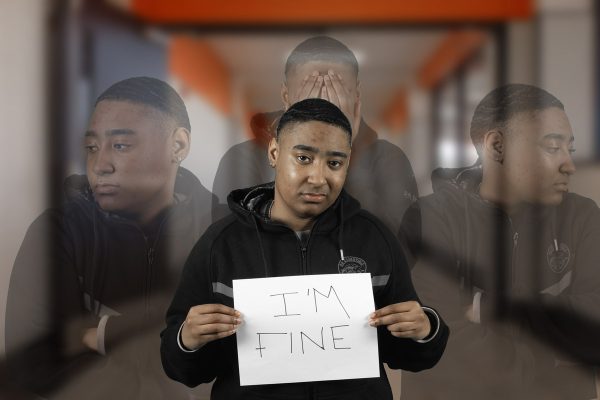

Chris colorigh • Dec 16, 2019 at 7:35 pm
Wonderfully worded and great insight